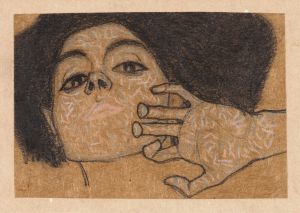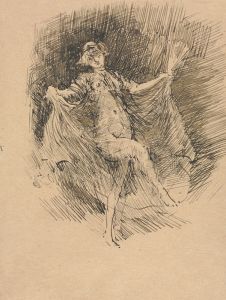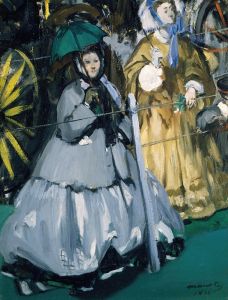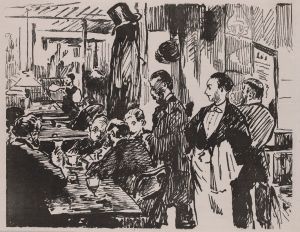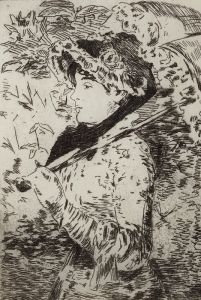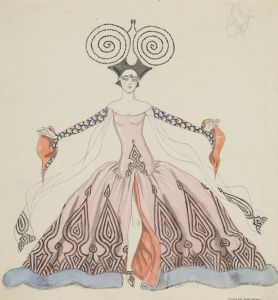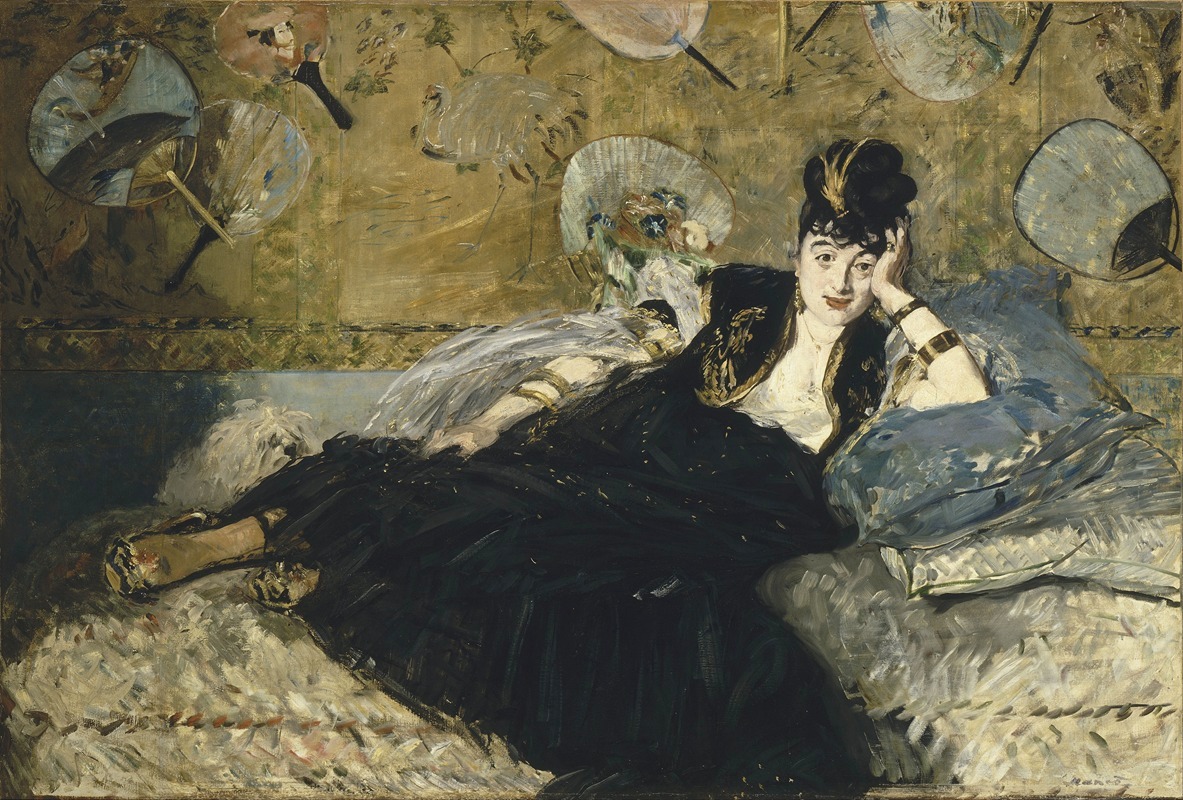
Woman With Fans
A hand-painted replica of Édouard Manet’s masterpiece Woman With Fans, meticulously crafted by professional artists to capture the true essence of the original. Each piece is created with museum-quality canvas and rare mineral pigments, carefully painted by experienced artists with delicate brushstrokes and rich, layered colors to perfectly recreate the texture of the original artwork. Unlike machine-printed reproductions, this hand-painted version brings the painting to life, infused with the artist’s emotions and skill in every stroke. Whether for personal collection or home decoration, it instantly elevates the artistic atmosphere of any space.
"Woman with Fans" is an oil painting created by the French artist Édouard Manet in 1873. The artwork depicts a seated woman, Nina de Callias, a well-known writer and socialite of the time, surrounded by decorative fans. The painting is notable for its loose brushwork and the artist's characteristic use of light and shadow, which contribute to its modern and impressionistic qualities.
The subject, Nina de Callias, was a prominent figure in Parisian cultural circles during the 19th century. She hosted salons that were frequented by artists, writers, and musicians, including Manet himself. Her inclusion in this painting reflects her role as a muse and a symbol of the vibrant intellectual life of the era. The fans in the composition may allude to the influence of Japanese art, which was highly fashionable in Europe at the time and had a significant impact on Manet and his contemporaries.
The painting is executed in a relatively small format, measuring approximately 90.5 x 116 cm. It is characterized by its bold use of color and the juxtaposition of textures, such as the soft fabric of the woman's dress and the intricate patterns on the fans. Manet's innovative approach to composition and his departure from traditional academic techniques are evident in this work, which exemplifies his transition toward the Impressionist movement.
"Woman with Fans" is currently housed in the Musée d'Orsay in Paris, France. It remains an important example of Manet's ability to capture the essence of his subjects while experimenting with new artistic styles and influences. The painting is celebrated for its modernity and its reflection of the cultural and artistic milieu of late 19th-century Paris.






